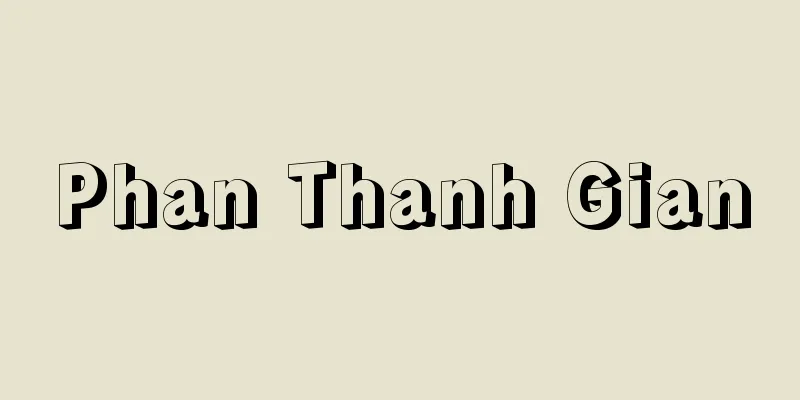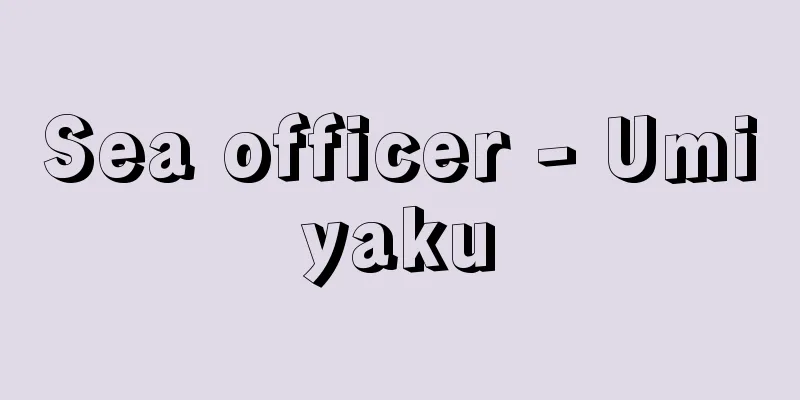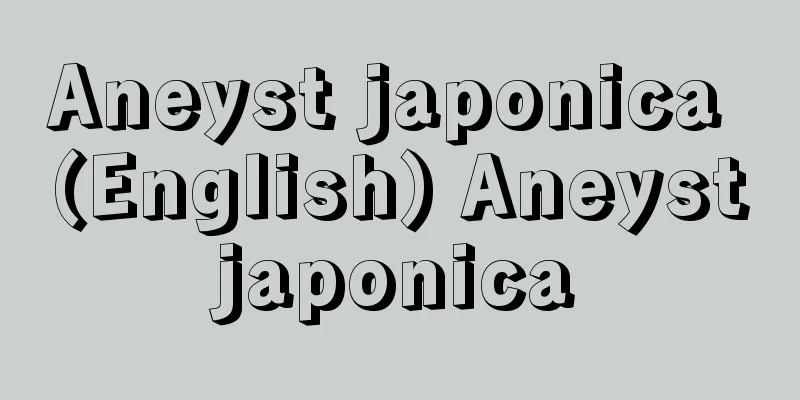Ono no Michikaze

|
Year of death: 27 December 1967 (9 February 9, 967) Year of birth: Kanpei 6 (894) A representative calligrapher of the mid-Heian period. Also called "Tofu." Son of Katsugen. Grandson of Takamura, a Chinese scholar renowned for his calligraphy. In later generations, Michikaze's calligraphy was called "Noseki" (field-style calligraphy) and was praised as one of the "Three Seki" along with Fujiwara no Sari's "Sato" and Fujiwara no Yukinari's "Gonseki." His style of calligraphy took the world by storm under the name "Michikaze-sama." His official positions included Shonaiki, Uemon no Saku, and Mokko no Kami, before reaching Shoshi no Ge and Kuranokami no Kami, but he was especially renowned for his calligraphy, and served the Daigo, Suzaku, and Murakami Imperial Courts as a scribe. In particular, being selected as the writer of the shikishigata of the Yukinori byobu screen used in the Daijo-e ceremony, the first Niiname-sai ceremony held by an emperor after ascending to the throne (a ceremony at the Imperial Court where the emperor offers the year's new rice to the gods of heaven and earth and then eats it himself), is considered a lifetime honor in calligraphy. Dofu was given the opportunity to play an active role in the Daijo-e ceremonies of both Emperors Suzaku and Murakami, but many other records of his calligraphy activities have been passed down to the present day. Among the surviving relics are the "Imperial Letter of the Posthumous Name of Chisho Daishi," "Byōbu Dodai," "Gyokusen-chō," "Santai Hakushi Shimaki," and "Kinu Jikiri." These works are skillful and span a variety of calligraphy styles, including regular, semi-cursive, and cursive, and feature a powerful, generous, and rich style that shows the uniqueness that Dofu himself developed. The basis of Dofu's calligraphy is the calligraphy of Wang Xizhi, a master of calligraphy from the Eastern Jin Dynasty in China, and Dofu was even heralded as the "revival of Xizhi" during his lifetime. He also had a significant influence on Sari and Yukinari, and is considered an important figure in the history of Japanese calligraphy as the founder of the Japanese style. (Minoru Furuya) Source: Asahi Japanese Historical Biography: Asahi Shimbun Publications Inc. About Asahi Japanese Historical Biography |
|
没年:康保3.12.27(967.2.9) 生年:寛平6(894) 平安中期を代表する能書。「とうふう」とも称される。葛絃の子。漢学者で能書としても名高い 篁 の孫。後世,道風の書は「野跡」と呼ばれ,藤原佐理の「佐跡」,藤原行成の「権跡」とともに「三跡」と並び称された。その書風は「道風様」の名で一世を風靡した。官職は少内記,右衛門佐,木工頭などを経由して正四位下・内蔵頭に至ったが,とりわけ能書の誉れが高く,宮廷の書き役として醍醐・朱雀・村上の各朝廷に歴仕した。中でも,天皇が即位後に最初に行う新嘗祭(宮中において天皇がその年の新穀を天地の神々に供え,みずからも食する式典)である大嘗会に用いられる悠紀主基屏風の色紙形の筆者に選ばれることは,一代の能書としての栄誉とされる。道風は朱雀・村上の両天皇の大嘗会において活躍の場が与えられたが,その他にも多くの能書活動の記録が今日に伝えられている。現存する遺品では,「智証大師諡号勅書」「屏風土代」「玉泉帖」「三体白氏詩巻」「絹地切」などが知られる。これらは楷書,行書,草書など各書体にわたっていて巧みであり,力強く懐の大きい豊潤な書風を展開し,そこには道風みずからが開拓した独自性が窺える。道風書の基盤には,中国東晋時代の能書で書聖と呼ばれる王羲之書法があり,道風在世中に「羲之の再生」と喧伝されたほどである。また佐理や行成にも少なからず影響をおよぼし,日本書道史上,和様の開祖として重要な地位に置かれる。 (古谷稔) 出典 朝日日本歴史人物事典:(株)朝日新聞出版朝日日本歴史人物事典について 情報 |
<<: Ono no Tofu Aoyagi Inkstone - Ono no Tofu Aoyagi Inkstone
Recommend
Simon, Herbert Alexander
Born June 15, 1916 in Milwaukee, Wisconsin [Died] ...
Meister Bertram (English spelling)
… As architecture expanded windows and developed ...
Rotating prism camera - Rotating prism camera
...This technique is known as high-speed or ultra...
Arm gate - Udegimon
〘 noun 〙 A gate with two main pillars, arms extend...
Ootoji - Ootoji
〘Noun〙 ("O" is a prefix, and "Toji&...
Viral infections - Virus infections
A general term for diseases caused by viruses that...
Nueva Caceres (English spelling)
...Population: 103,000 (1994). Founded in 1573, i...
strophe
… [Poetic form] Examples of poems in which the pl...
Interest and dividend tax - Tax on interest and dividends
This refers to taxation on interest income and div...
Convention Concerning the Rights and Obligations of Neutral Powers in Case of Naval Warfare
…After the war, the United States claimed damages...
Galanskov, YT (English spelling) GalanskovYT
...The trial took place on February 16, 1967 and ...
Odontocidium - Odontocidium
...In Japan, many species flower from spring to a...
Red Bokeh
… [Ecology and Utilization] The corals used for o...
Temperature deviation - Kionhensa
...However, from the 1950s to the 1970s, there we...
Electric resistance - denki teikou (English spelling)
The property of a material to hinder electric cur...









